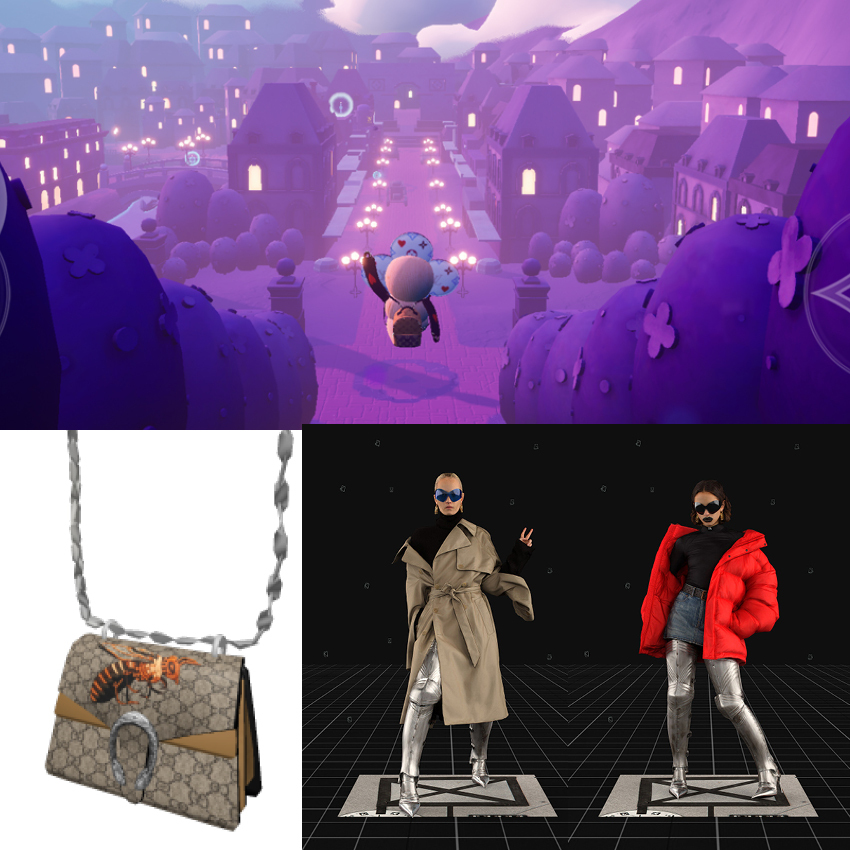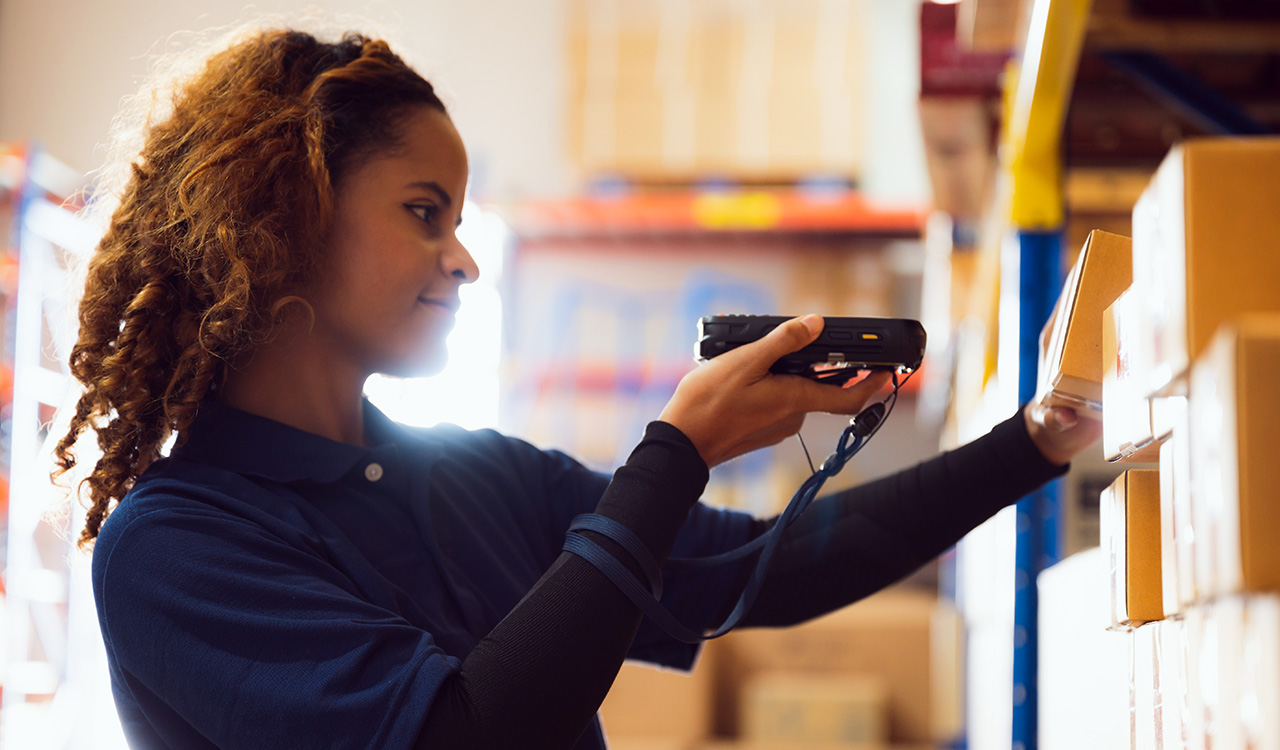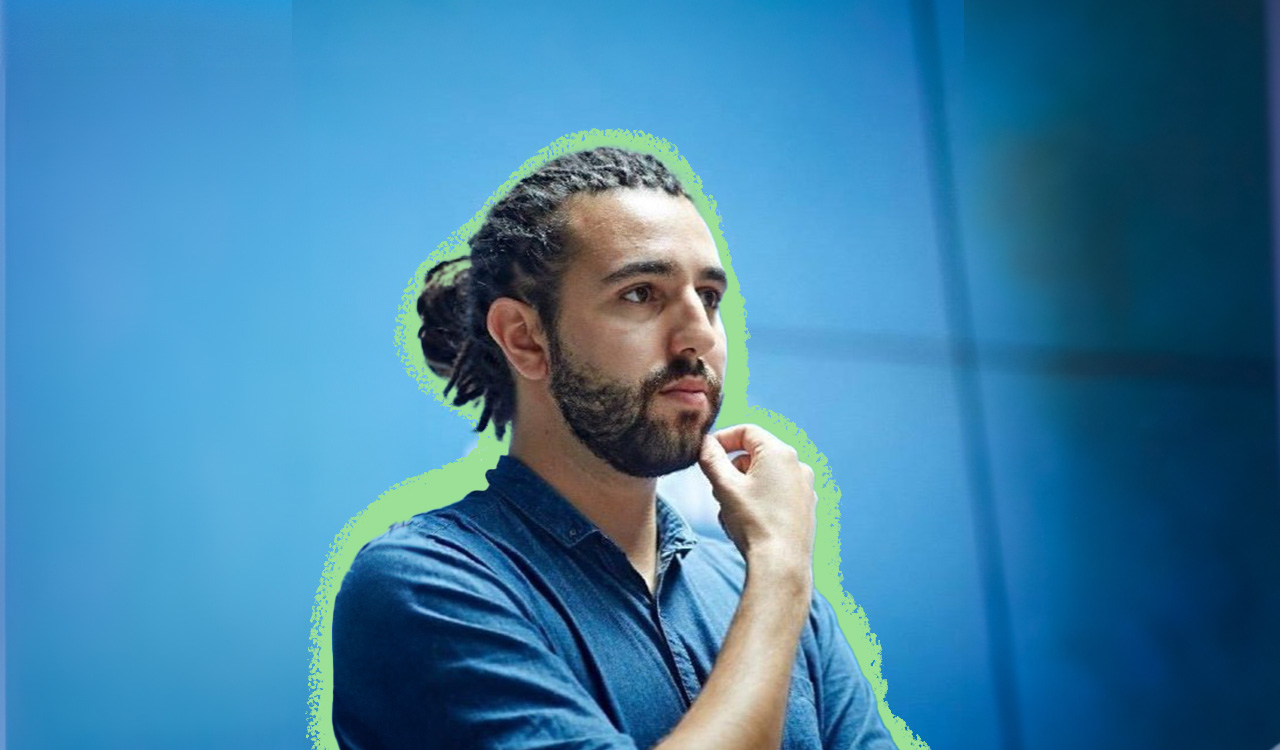The metaverse is ascendant. The term, generated in science fiction and frequently applied to gaming platforms is trending in the commercial marketplace. Google searches for the buzzword have increased 100 percent since March 2021. The CEOs of Microsoft and Facebook in recent months have spoken in detail about their companies\’ commitment to its development. If the future metaverse were a straight-line iteration of the game-based worlds we currently observe in Fortnite, Roblox, or Animal Crossing, there would be no need for this article. But the metaverse is evolving and it will affect retail commerce, we just don\’t know how, when, and to what degree, but signals are emerging.
Metaverse as Defined by the Experts
Simply stated, the metaverse is a concept that the internet will evolve to create and connection between the physical and virtual worlds. In an interview with Casey Newton of The Verge, Mark Zuckerberg says, \”This is a big topic. The metaverse is a vision that spans many companies — the whole industry. You can think about it as the successor to the mobile internet. And it’s certainly not something that any one company is going to build, but I think a big part of our next chapter is going to hopefully be contributing to building that, in partnership with a lot of other companies and creators and developers.\”
[callout]If you purchase a digital Birkin Bag from a virtual Hermès shop in one ecosystem in the metaverse (let\’s say Facebook\’s), you could carry that bag with you when you go over to the TikTok metaverse ecosystem. Or if you buy a physical bag in the store on Madison Avenue, with that purchase you would get a digital twin of the bag for your online persona to carry.[/callout]
Zuckerberg explains, \”You can think about the metaverse as an embodied internet, where instead of just viewing content — you are in it. And you feel present with other people as if you were in other places, having different experiences that you couldn’t necessarily do on a 2D app or webpage…In a lot of the meetings that we have today, you’re looking at a grid of faces on a screen. That’s not how we process things. We’re used to being in a room with people and having a sense of space where if you’re sitting to my right, then that means I’m sitting to your left, so we have some shared sense of space in common.\”
The idea of shared, connected, common space bridging the digital and physical worlds is a key element of the metaverse. Imagine playing blackjack in a metaverse casino that is connected in real-time to a casino in Las Vegas. The dealer is wearing a motion-capture suit, his or her avatar is dealing the same cards to you sitting in the metaverse, as to the other players sitting and breathing in the secondhand smoke in the casino.
Matthew Bell, a venture capitalist, essayist, and the former Global Head of Strategy for Amazon Studios has been focused on and is investing in The Metaverse (which he capitalizes, believing it is one place). In a series of essays on the topic, Bell states what The Metaverse is not, \”The Metaverse is often misdescribed as virtual reality\”, but virtual reality is just a platform that delivers one type of experience in the metaverse. The metaverse is a hybrid of VR, AR, mixed reality, that can interact with real life. Saying the metaverse is virtual reality is like saying the internet is the iPhone; the iPhone is a small, pocket-sized piece of hardware capable of delivering the internet, it is a tool. Similarly, the metaverse is an expansive platform that will be used for gaming but also business, commerce, and communications. It is the next phase of the internet as we know it.
Tim Sweeney, CEO of Epic Games described a future metaverse use case, “Every company will be there at some point. If you are a car manufacturer, your brand presence in the metaverse isn’t going to be a bunch of advertising for your cars. It’s going to be a place where you can drive the cars around and feel the experience of it. We have an opportunity for much, much more interesting interactions.”
Microsoft\’s Satya Nadella referred to an enterprise-level metaverse both in a recent keynote, and on an earnings call. In the keynote Nadella said, \”Finally, as the virtual and physical worlds converge the metaverse, made up of digital twins, simulated environments, and mixed reality is emerging as a first-class platform. Nadella then presented a demonstration of Microsoft\’s digital twin capabilities in a video. It displayed a series of virtual models and activities that replicate the physical world and, \”are bound to that world in real-time.\”
At the enterprise level for retail for example, this could be used as an inventory and experiential tool. Imagine a digital twin of a New York wedding boutique that could be browsed simultaneously by a bride in New York and her mother sitting in a digital twin of the boutique in Singapore.
The Metaverse Defined for the Rest of Us
While these concepts are easily understood by the technically fluent, I will put some clarity on the metaverse in non-tech terms:
- It is always on and ongoing, there is no \”game over\” moment.
- It is synchronous and live, punctuated by scheduled events, just like real life.
- It can contain a limitless number of concurrent participants.
- It will be a functional economy where goods and services are created and exchanged with values determined by the marketplace.
- The experience will span both the physical and digital world.
- It will consist of assets that can be owned and utilized across the ecosystems within the metaverse and mesh with the analog world.
- It will be populated by experiences that are both escapist and entertainment-based, and practical content that acts as a digital twin to analog life, for example, universities, churches, social spaces, and retail that exist in both a physical and digital space.
To sum it up, here’s an example of how it might work. I will use digital apparel as an example. If you purchase a digital Birkin Bag from a virtual Hermès shop in one ecosystem in the metaverse (let\’s say Facebook\’s), you could carry that bag with you when you go over to the TikTok metaverse ecosystem. Or if you buy a physical bag in the store on Madison Avenue, with that purchase you would get a digital twin of the bag for your online persona to carry.
Luxury Brands Pioneer Metaverse Experimentation
A nascent retail economy exists via collaborations within online gaming platforms, covered in The Robin Report. Here’s an update.
- Gucci is experimenting in virtual commerce within existing gaming formats, Gucci sold a virtual handbag in the Roblox platform for just over $4100. Promotional brand activities are also underway in today\’s version of the metaverse.
- Quartz reported on a recent activation, \”Louis Vuitton has released \’Louis the Game.\’ As you play, you traverse a whimsical landscape on the way to a 200th birthday celebration, while collecting items such as candles that unlock postcards. The postcards reveal anecdotes and information including the details of young Louis’s initial journey to Paris, trivia about the company’s innovations, and highlights from its modern runway shows and collaborations. The game communicates a message about Louis Vuitton’s heritage, craftsmanship, and creativity to an audience that might be unfamiliar with the company or might otherwise not be listening. Louis Vuitton noted in a press release that players can collect 30 NFTs, or non-fungible tokens, along the journey (paraphrased).\”
- Balenciaga is also experimenting with readily available technology, presenting its fall 2021 show in a video game format.
What the Metaverse Could Be
Looking to the future of the metaverse, designer Virgil Abloh tweeted in February 2021, \”Funny thing is that the real world is just the part-time metaverse…after all these years it is cool to reveal my premise that essentially collections don\’t stop and start, they run concurrently… Louis Vuitton show five can run while Louis Vuitton show six has been launched and will have a parallel life of its own. This trajectory of digital and physical things, not just fashion, co-exist.\”
Matthew Bell is working on a project with Abloh for the metaverse, Bell writes, \” New fashion houses and labels will emerge in the Metaverse-era, too, using its distinctive canvas and audience, plus lack of marginal costs, to differentiate and rapidly establish mindshare. I’m helping Virgil Abloh, Founder/CEO of Off-White, create exactly that kind of brand. His goals are clear, but also wide-ranging, Abloh said, \’I want to make virtual clothes to paint pictures physical clothes cannot, and let buyers access a new dimension of their personal style – no matter who they are, where they live, and the virtual worlds they love.\”\’
The Metaverse and Commerce
Decentraland has been operating as a fringe-ish virtual world since 2017 with a proprietary economy using a cryptocurrency called MANA. It runs on the Ethereum blockchain. As it gained attention and users during the pandemic, the value of MANA began rising on Coinbase.
NYT reported on a new Sotheby’s branch that opened in June. \” Sotheby\’s which acquired a small plot in Decentraland’s arts district and constructed a replica of its London galleries, recently closed its first show in the metaverse. Michael Bouhanna, who ran the sale, estimated that 90 percent of the galleries’ 3,200 visitors had little sense of what Sotheby’s is or does, but said the exercise was useful for helping existing customers conceptualize NFTs, which the auction house is already selling. This month, Republic Realm, which calls itself a \’digital real estate firm,\’ purchased an NFT of a 259-parcel virtual estate in Decentraland for more than 1.2 million MANA, or, at contemporaneous exchange rates, more than $900,000.\”
There Is Still Plenty of Time to Think About This
The metaverse model in its current form is a series of walled-garden, privatized zones marketing proprietary digital assets for use in private platforms, akin to a game-based social platform. Tech powerhouses Facebook and Microsoft are engaged in the development of harmonious systems that are proprietary, but inter-operational.
Retailers need not panic; this fully operational idealized version of the metaverse is technically impossible and still years away from actuality. The nascent efforts currently underway are analogous to dial-up internet service (apologies to anyone under age 40), but it is time to consider the metaverse, a place that won\’t be like accessing information on the go, but rather like going somewhere digitally to collect that information. It will be a new way to experience the internet and represents an opportunity for any brand ready to meet customers where they are — whether in this world, or one that has not yet been created.




